
About Unit 4
💭 Essential Question: How did various empires across Afro-Eurasia use belief systems, bureaucracy, and military force to expand authority?
Unit 4: Empire-Building in Afro-Eurasia (1500–1750) explores how early modern empires across Afro-Eurasia expanded and consolidated power through military strength, administrative systems, and ideological control. Building on earlier studies of global state formation, the unit introduces students to the Tokugawa, Qing, Mughal, and Ottoman Empires, prompting comparative analysis of the diverse methods used to govern vast and multiethnic populations. The unit begins by examining how the Tokugawa and Qing states centralized authority through social hierarchies, Confucian values, and isolationist or accommodationist policies. Students then investigate the Mughal and Ottoman empires—two Islamic “gunpowder” states—by analyzing how military innovation, religious tolerance or repression, and complex bureaucracy contributed to expansion and stability. The unit culminates in a Curated Research Paper, where students analyze how the roles and experiences of women in feudal Japan changed over time, using evidence to consider how historical narratives are constructed and how women exercised power within systems of social constraint.
%20(800%20x%20200%20px)-Jun-16-2025-03-52-14-7219-PM.png)
Formatives assessments are a powerful way to measure how your students are progressing towards learning objectives (Additional Video).
▶️ Video
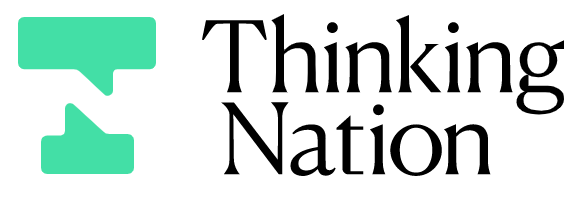

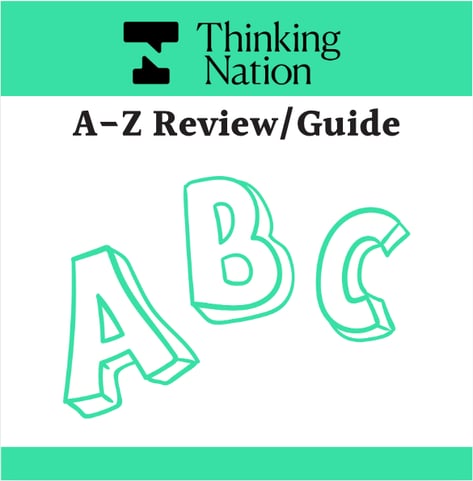
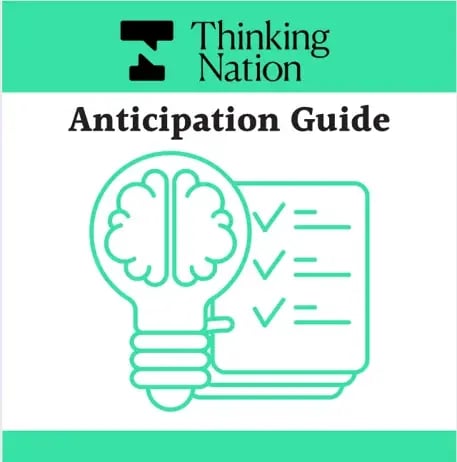
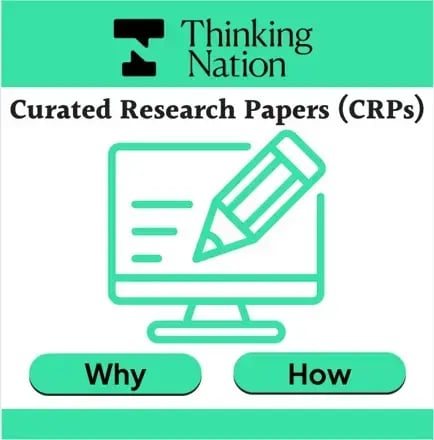
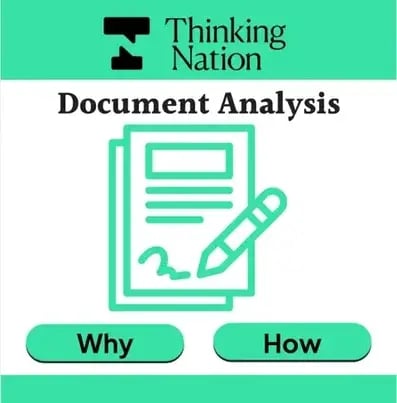
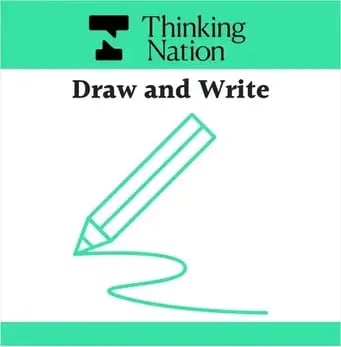
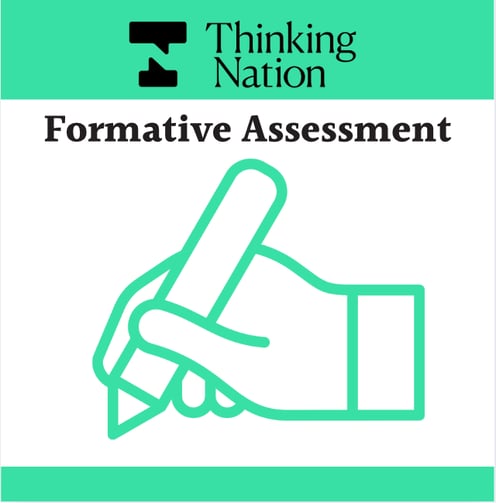

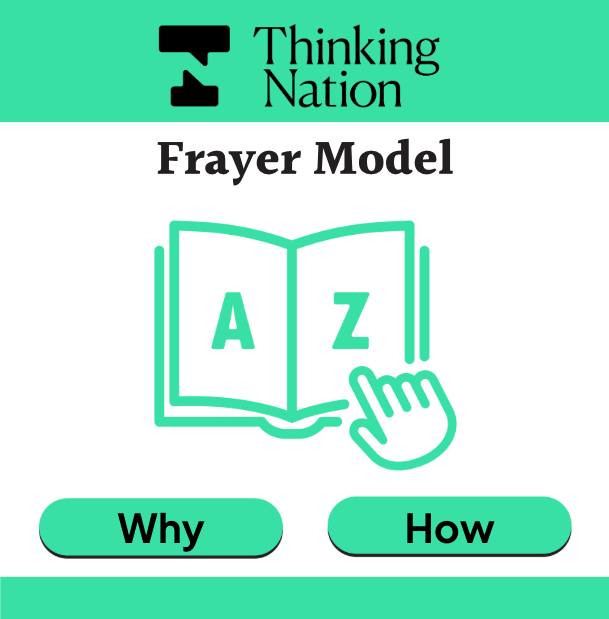
%20(800%20x%20200%20px)-Jul-25-2025-10-05-34-0370-PM.png)